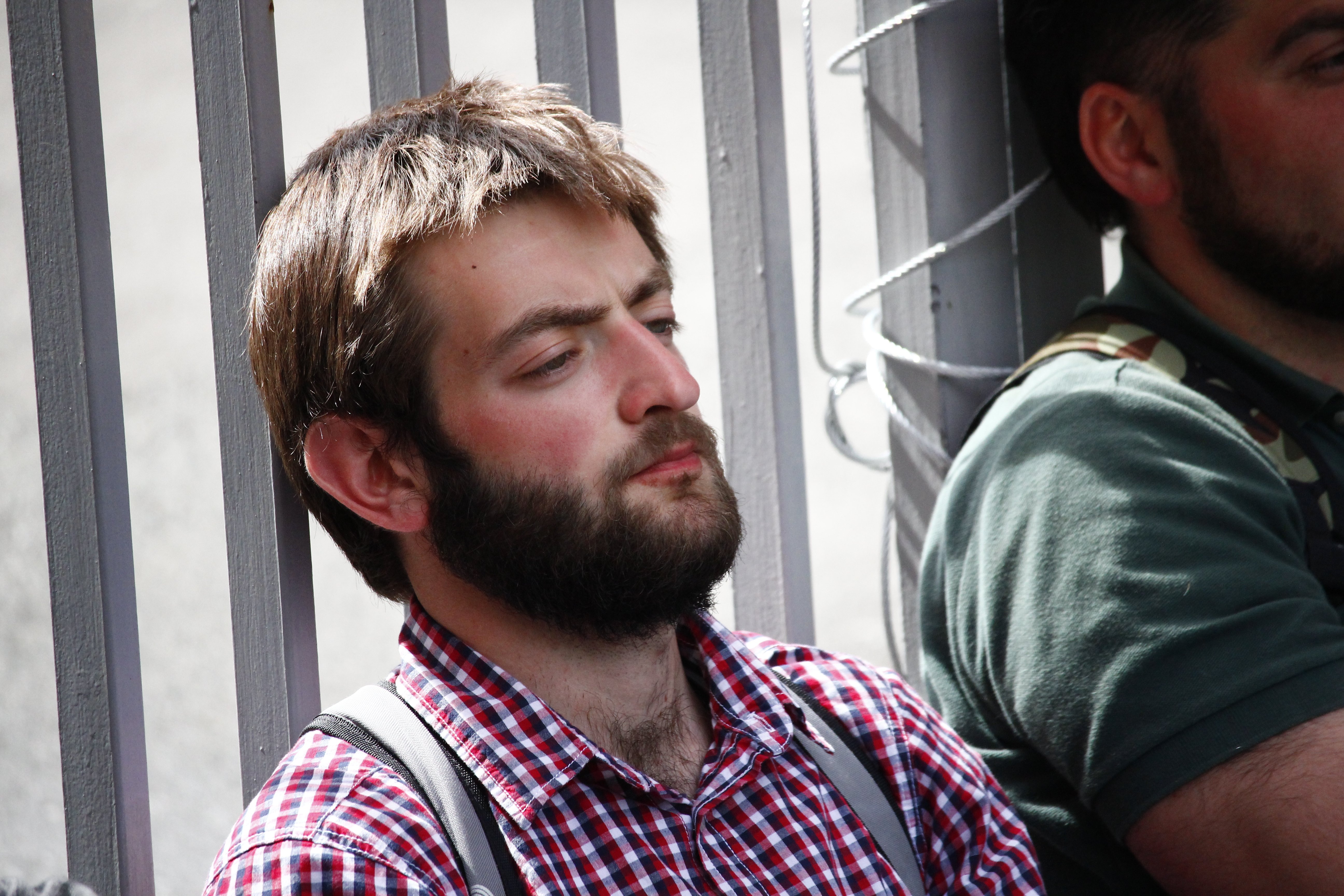There’s an opinion that in the 21st century, the media encourages mass protests and movements. But the exact opposite of that also exists, in authoritarian regimes it is very important that the media is controlled by the authority.
On days like these, it is particularly important to understand what quality of information is being spread and what benefit is being pursued. Let’s begin with television. In the beginning they showed nothing at all about the movement.
When their method of working became very apparent, they began to broadcast selected parts of the protests. Simply pay attention to the fact that they showed such fragments from which you would never be able to understand what is actually happening.
After not having reflected on the protests of civil disobedience, on April 18 they broadcasted acts of provocation which took place at the Mashtots-Tumanyan intersection. And those who were not following the whole process live, were given misleading, fragmented and panic inducing information.
Many important details were left out of the interpretations of television news, that drunken provocateurs were engaged with such operations for four hours and police officers didn’t notice it, yet one female student was very quickly detained by four officers.
Moreover, in News.am and Tert.am materials, we often read that the protesters are damaging Sanitek trash cans and city benches.
Now, people are watching RFE/RL’s Armenian service “Azatutyun,” CivilNet and A1+. When I was at the police station, I noticed that everyone, from the head of the department to the ordinary police officer, were following the live broadcasts of these websites.
During the movement, it is important that we have our media.
During long-term protests, we would cover it ourselves, and now dozens of media outlets are working, with at least three or four journalists from each media outlet.
We receive a lot of support from such active participation, since the events taking place are not only interpreted, but also recorded on video.
During these days, there have been situations where there was a lack of journalists. For example, there was no coverage when people were being detained on parts of Kochar. Welcoming the focus of the media, I want to say which sections are not concentrated on. And some of the events without a tendency, are left out of the attention of coverage.
Social networks, but especially Facebook, help a lot to operate quickly and mobilize.
We gathered near the Engineering University, and decided to disperse ourselves across different parts and gather in the yard of the State University. During that time we would write each other using Facebook. When we reached the university, the police were already there. We knew that they were also using Facebook. We were playing tag with the police.
Each of us were using the capabilities of the network to keep people informed of what is going on and about what is to be expected.
Elderly citizens are out of our informational reach, they get their information mainly from Armenian and Russian TV channels.
Sooner or later the television companies will not be able to continue to cover the steps of the movement in a fragmented fashion.
At at this point let us say that, in fact, the media is delivering all the messages of the movement to the people.
David Petrosyan
Member of the For Science Development initiative,
Take A Step, Reject Serzh movement activist






